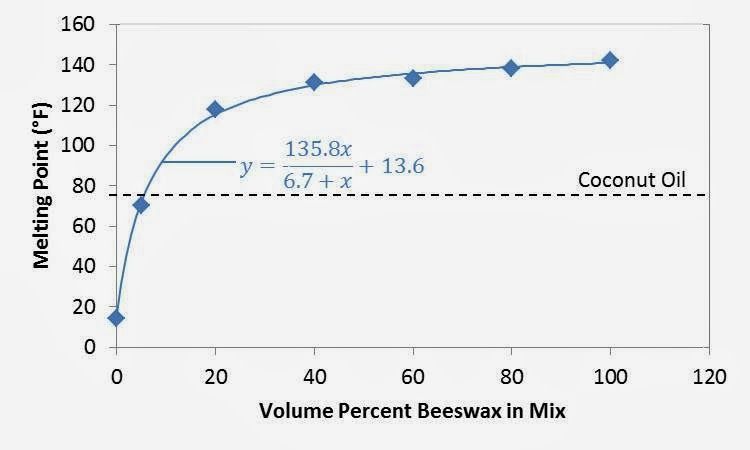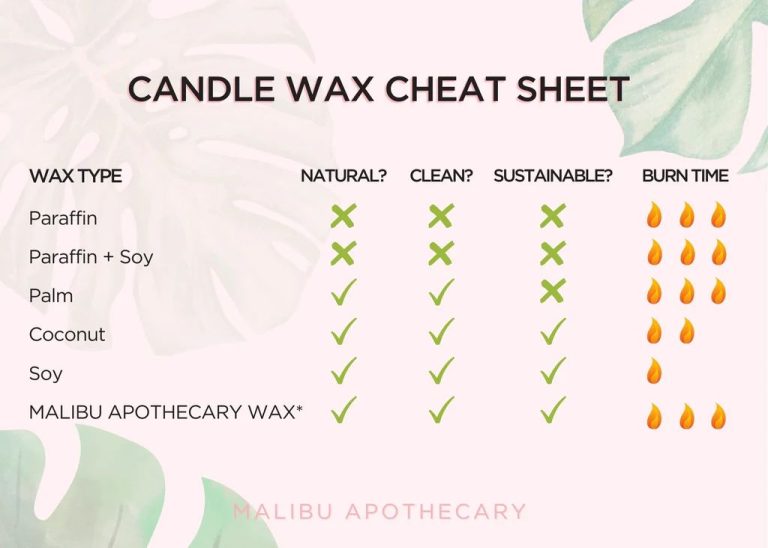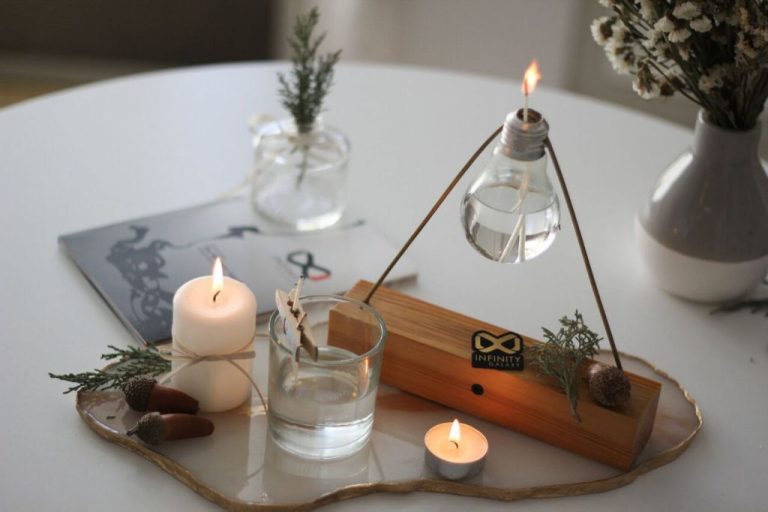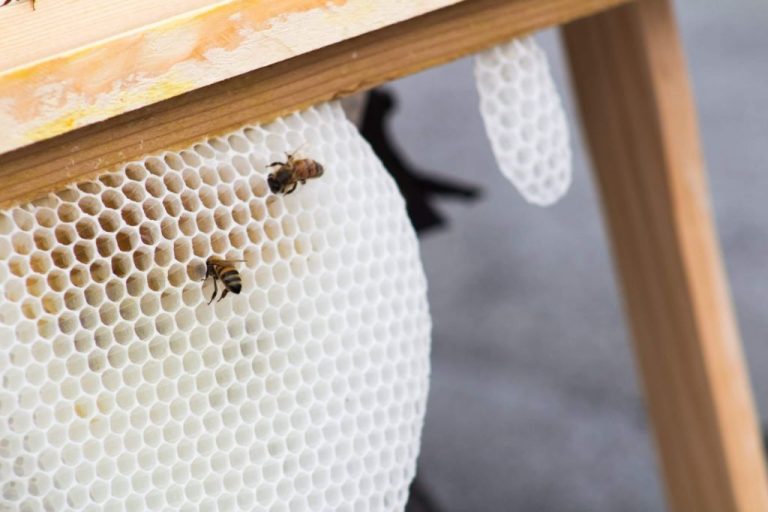Why Is Candle Wax Important?
Candles have been an essential part of human life for thousands of years. From ancient times when they provided light in the darkness, to today when they are used for religious ceremonies, aromatherapy, decoration, and more – candles continue to play an important role. The wax used to make candles is a key component that determines how the candle will burn, how it will smell, and how it will look. While most people don’t give much thought to the wax itself, it has many unique properties that enable candles to serve their many functions. This article will provide an in-depth exploration of candle wax – from the different types and their features to the key properties that make candle wax so versatile and important.
Purpose of Candle Wax
The primary purpose of candle wax is to provide fuel for the candle flame. As the wax melts from the heat of the flame, it is drawn up the wick by capillary action. The wax saturates the wick and vaporizes at the flame, providing the necessary fuel to sustain combustion.
For this reason, the choice and quality of wax is an important factor determining how well a candle burns. Wax designed for candle making is formulated to melt at an appropriate temperature and have a melting point and viscosity that allow it to be transported up the wick. Paraffin wax, a byproduct of petroleum refining, became popular in the late 19th century as an inexpensive, widely available wax for candle making (Source).
While providing fuel is the primary purpose, the type of wax also impacts other properties like the appearance, fragrance diffusion, and burning behavior of the candle. Candle waxes are often blended to balance properties like melt point, viscosity, opacity, and burning rate.
Types of Candle Waxes
There are several common types of waxes used in candle making:
Paraffin Wax – This is a petroleum-based wax made from crude oil. It is the most commonly used candle wax and provides excellent scent throw. Paraffin wax is relatively inexpensive and easy to work with (source: https://tlccandleco.com/blogs/tlc-talks/6-different-types-of-candle-waxes-and-choosing-the-right-one).
Soy Wax – Made from hydrogenated soybean oil, this renewable and biodegradable wax burns clean. It holds fragrances well and is also easy to work with. However, it is softer than paraffin wax (source: https://craftybase.com/blog/types-candle-wax-pros-and-cons).
Beeswax – This natural wax is produced by honey bees. It has a lovely natural honey aroma when burning, though it is expensive and can be challenging to work with. Beeswax candles burn slowly and emit negative ions (source: https://blog.treasurie.com/types-of-wax-for-candles/).
Gel Wax – This is a blend of paraffin wax and mineral oil that produces transparent, crystal clear candles. Gel wax allows for creative designs but requires specialized wicks (source: https://www.candlescience.com/wax/gel-wax).
Properties of Candle Wax
Candle wax has several key properties that determine how it performs when made into candles. Three of the most important properties are melting point, viscosity, and opacity versus translucency.
The melting point of a wax refers to the temperature at which it transitions from a solid to a liquid state. Different types of waxes have different melting points based on their chemical composition. Most candle waxes melt between 120-170°F. A higher melting point allows candles to burn longer before the wax pool melts.
Viscosity measures the thickness of liquid wax. Waxes with lower viscosity can be wicked up through the wick faster during burning. However, if the viscosity is too low, the melted wax may not hold its shape as well when pooled. Most candlemakers aim for a viscosity between 5-15 centipoise.
Some waxes like paraffin are opaque, while others like beeswax are more translucent. The opacity helps block the visibility of the wick and other candle components. More transparent waxes showcase the color and appearance of dyes better. Candlemakers often blend waxes to achieve a balance of opacity and translucency.
Understanding how melting point, viscosity, and opacity vary between wax types allows candlemakers to select the right wax for their creative and performance needs.
Fragrance
Candle wax does not chemically bond with fragrance oils, but rather forms a solution where the fragrance oil is dispersed throughout the wax. When heated, the wax melts and releases the fragrance into the air through evaporation. The maximum amount of fragrance oil a wax can retain before the fragrance separates is known as the “fragrance load.” Exceeding this amount will lead to fragrance sitting on top of the melted wax instead of being dispersed.
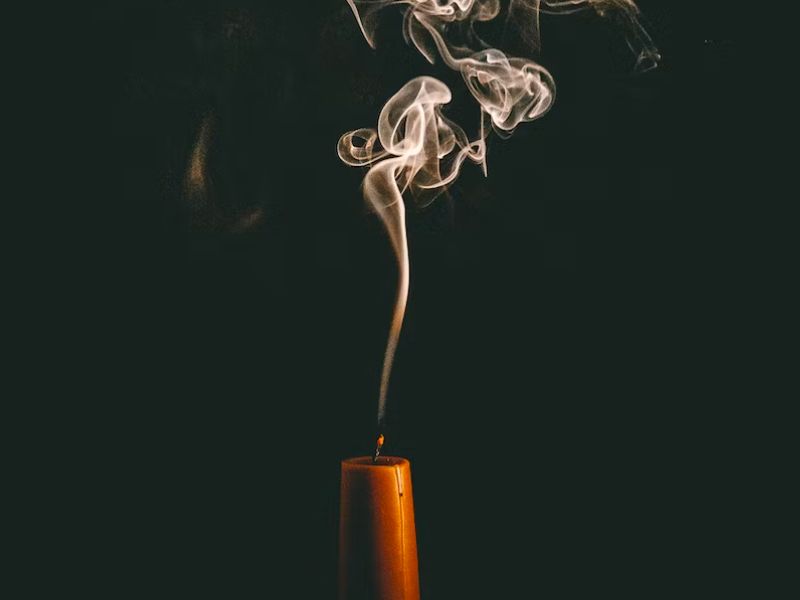
The fragrance load varies by wax type, as the chemical composition affects solubility. According to The Flaming Candle, paraffin wax can hold up to 10% fragrance oil by weight, while soy wax holds 6-8%. Beeswax and other natural waxes have lower fragrance loads around 3-5%. Carefully following manufacturer recommendations for fragrance load maximizes scent throw and retention.
Stirring fragrance oil into melted wax for at least two minutes, according to EcoCandleProject, helps disperse the oil. Slow cooling and curing time also help the wax fully absorb the fragrance before the candle is burned. With quality wax and proper blending, the fragrance will release consistently when the candle is lit, providing an even and lasting scent.
Appearance
The appearance of a candle is highly influenced by the type of wax used. Beeswax candles have a natural honey-gold color that comes from the wax itself. Paraffin wax is white and opaque, so dyes must be added to produce colors. Soy wax accepts dyes well and can be made in a wide range of hues. Palm wax is creamy white and semi-opaque.
The wax also affects the finish and texture of the candle. Beeswax and soy wax have a smooth glossy finish when cooled. Paraffin wax can develop a grainy texture on the surface as it cools. Palm wax sets up with a matte, powdery finish. Proper pouring and cooling techniques when making candles can help achieve the desired surface appearance.
One unique quality of wax is the “frosting” or whitish coating that can develop on the top of a candle as the wax cools and crystals form near the surface. This is especially common with natural waxes like soy and beeswax. While a sign of purity, some prefer candles with a smooth unwaxed finish (Bright Endeavors).
Burning Behavior
The type of wax used in a candle affects various burning properties like burn time, melt pool, and more. Wax is the fuel source for a candle, so its composition directly impacts how the candle performs. Beeswax, for example, is known for burning brighter and slower than paraffin wax. The long hydrocarbon chains in beeswax need more energy to break apart during burning. Soy wax contains natural oils that produce a hotter flame and wider melt pool compared to paraffin. Palm wax, being harder than soy, burns slower and forms a narrower melt pool. In general, candles made from natural waxes like soybean, coconut, and beeswax burn cleaner and slower than paraffin. According to CandleScience, testing different wax types is key to finding the ideal burning properties for a specific candle design.
The makeup of wax also affects scent throw. Waxes with a crystalline structure, like paraffin and palm, lock in fragrance oils better for stronger, longer-lasting scents. Amorphous waxes like soy and coconut wax have a lower fragrance load but offer a more natural, cleaner burn. Ultimately, finding the right wax for optimal burn time, melt pool diameter, and hot vs. cool throw depends on the candle’s intended use and design.
Environmental Impact
The environmental impact of candle wax varies depending on the type of wax used. Some waxes, like paraffin, are petroleum-based and not considered very sustainable. According to one source, “Paraffin wax is a petroleum waste bi-product, which means it is essentially refined crude oil. This makes paraffin candles non-renewable and not very eco-friendly” (https://sojourncompany.com/blog/what-to-do-with-leftover-candle-wax/).
However, other waxes like soy, beeswax, and palm wax are considered more eco-friendly and renewable options. Beeswax is a natural wax made by honey bees, while soy and palm waxes are plant-based. These sustainable waxes burn cleaner and emit less soot and smoke compared to paraffin (https://sojourncompany.com/blog/what-to-do-with-leftover-candle-wax/).
In terms of emissions, studies show beeswax and soy wax candles produce significantly less soot particulates compared to paraffin candles. One study found paraffin candles emitted over 10 times more soot particles than soy or beeswax candles (Mhlin, Langer et al. 2021). This makes natural waxes better for indoor air quality.
When it comes to wax sustainability, beeswax and soy are compostable options. One source notes that candle wax can fully decompose in the natural environment in 1-5 years (https://www.pinterest.com/pin/does-candle-wax-decompose-video–654077545909569095/). Properly disposing of or repurposing wax can reduce environmental waste.
Cost and Availability
The cost and availability of candle wax depends on the type of wax. Paraffin wax is generally the most affordable option for candle making. Paraffin wax can be purchased from most craft stores in smaller quantities, but buying paraffin wax in bulk quantities directly from a manufacturer will offer the best pricing per pound (Source: Candle Wax – Bulk and Wholesale).
Soy wax tends to be more expensive than paraffin wax. Pricing for soy wax can range from $1.50-$3 or more per pound when purchasing from craft retailers. Buying soy wax in bulk directly from manufacturers provides better rates typically around $1-2 per pound (Source: Candle Wax Supplies | Buy Candle Wax in Bulk).
Beeswax is usually the most expensive natural wax for candle making, priced around $5-10 per pound on average. Beeswax can be purchased from local apiaries, beekeepers, or specialty stores to potentially get better bulk pricing (Source: Candle Wax).
When sourcing candle wax, bulk sizes of 25+ pounds will provide the best rates for paraffin, soy, and beeswax. Wax can be purchased online through manufacturer websites or candle supply retailers. For the freshest local beeswax, look for apiaries and beekeepers in your area.
Conclusion
In conclusion, candle wax is immensely important for several key reasons. Candle wax allows candles to hold their shape, provides fuel for the flame, releases fragrance, and influences the candle’s burning behavior and appearance. The type of wax affects factors like melting point, fragrance throw, and opacity. Popular waxes include paraffin, soy, beeswax, and gel wax. Each has advantages and disadvantages regarding cost, availability, burning time, smell, and environmental impact. When choosing a candle, the wax type should be carefully considered based on your priorities. Overall, candle wax is a crucial component that makes candles possible and enjoyable. Without wax, candles would simply be wicks with no form, fuel, or fragrance release. The versatility and variability of candle waxes allow for an array of customized candle experiences.

